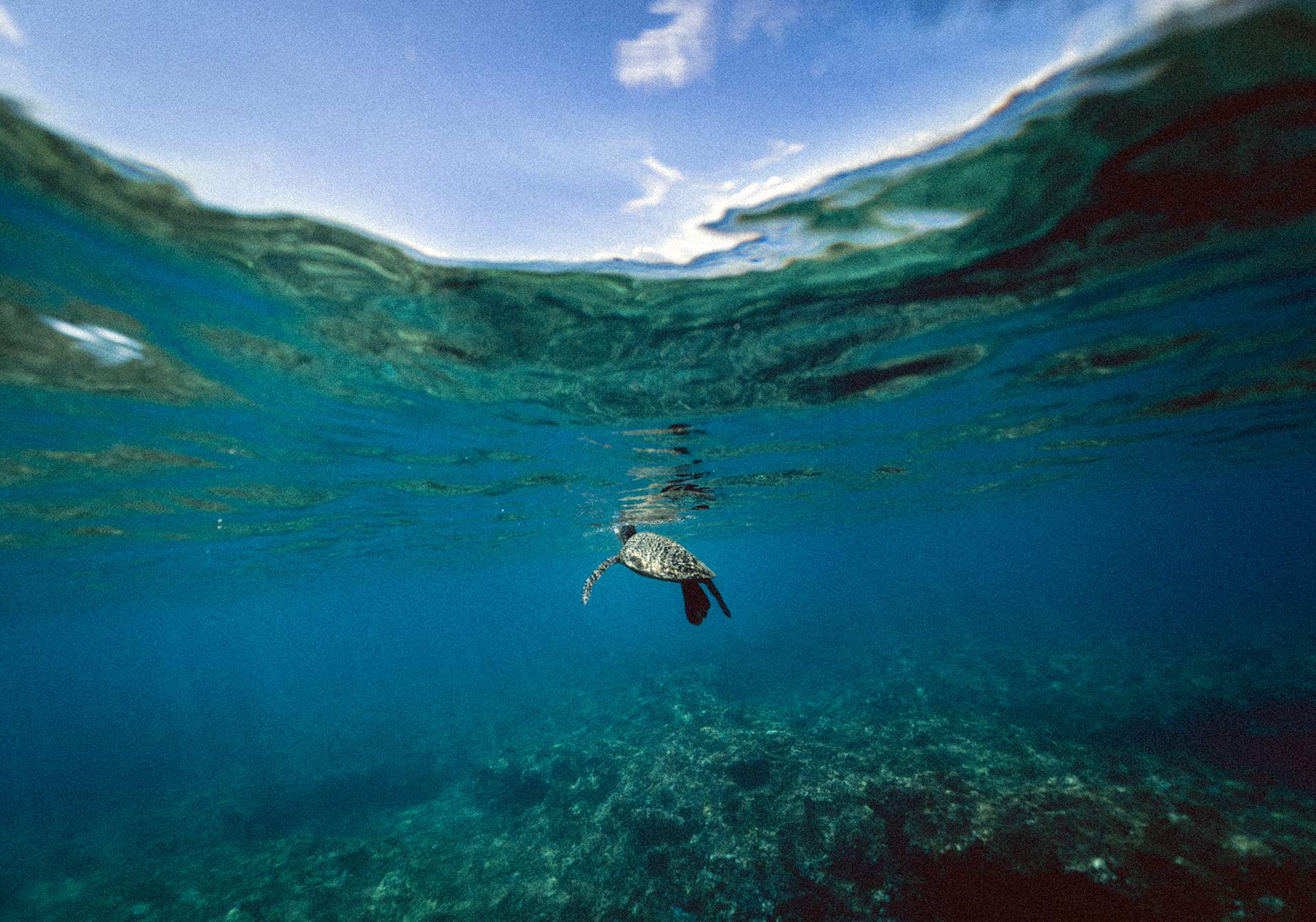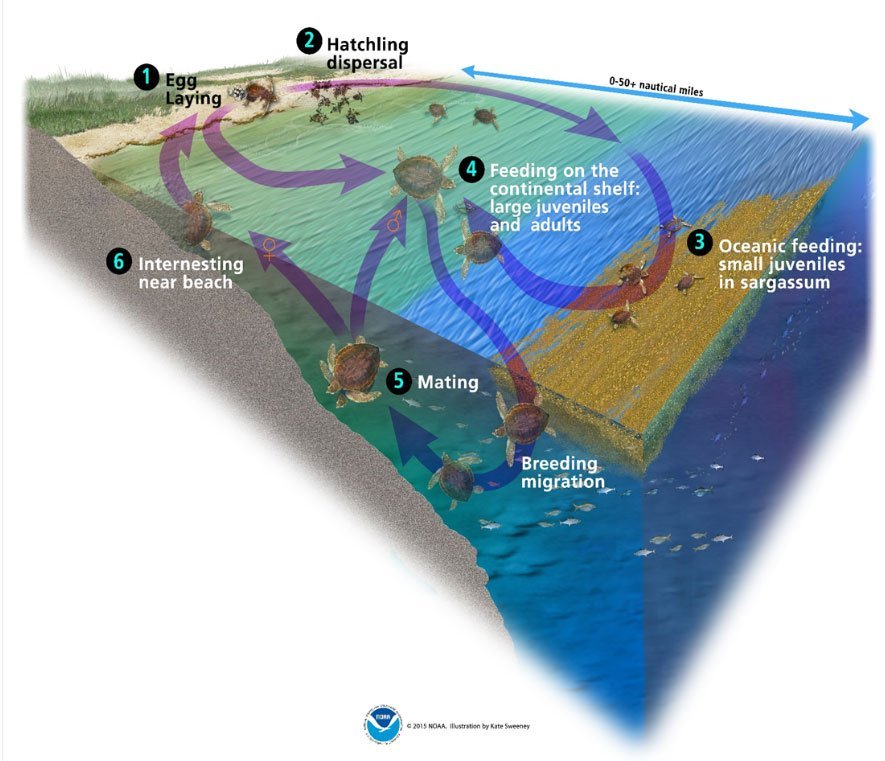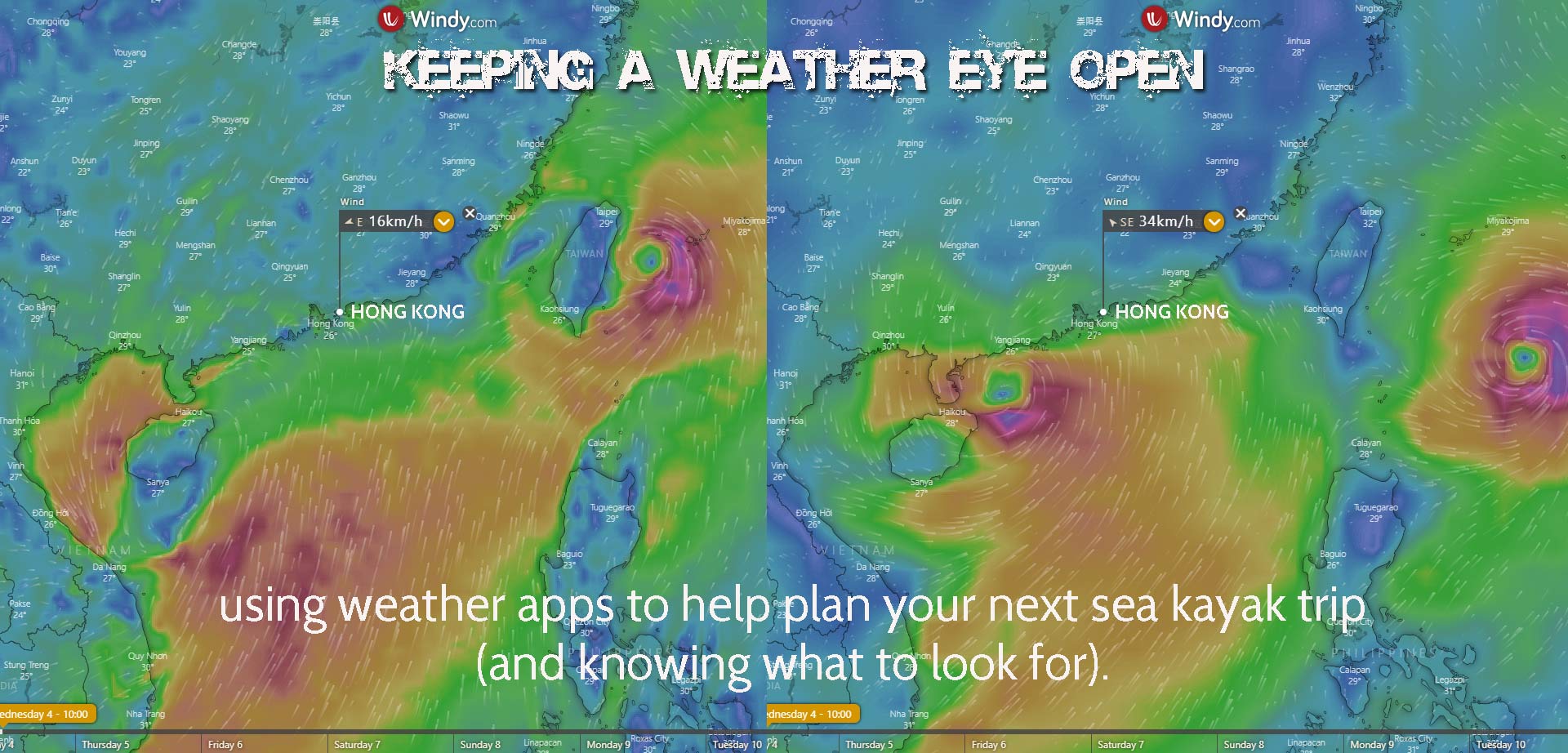Used as a natural Viagra in Chinese medicine, seahorse numbers are declining.
By Sarah Lazarus,
CNN Updated 0037 GMT (0837 HKT) June 7, 2019
Hong Kong (CNN)
In a row of shops in Sheung Wan, on the western side of Hong Kong Island, the seahorses are stored in plastic boxes and glass jars, their elongated, S-shaped bodies stacked like spoons.
In Hong Kong, this district is the center of the trade in traditional Chinese medicine — an ancient system that uses dried plants and animal parts to treat ailments.
Its narrow streets are crammed with delivery trucks and men pushing trolleys loaded with crates of dried fungi, herbs, berries — and seahorses.
In Chinese medicine, seahorses are believed to have Viagra-like powers.
Hong Kong is the world’s largest trading hub for the dried animal.
Sarah Foster, program manager of Project Seahorse at the University of British Columbia in Canada, said that analysis of global trade datashows that Hong Kong was responsible for around two thirds of all seahorse imports from 2004 to 2017.
The World Wildlife Fund has reported that their popularity as a medicine is also driving sales in China, Taiwan and Indonesia. While nobody knows how many seahorse are left in the world, experts say they are under threat.
With their miniature equine snouts and beady eyes, seahorses look very different than most other fish. And unusually, it’s the males that get pregnant.
But perhaps more importantly to conservation efforts, these are hard animals to study. Spread across vast oceans, some seahorses are less than an inch long and some can change color to camouflage themselves — making them challenging to spot.
Sheung Wan is the epicenter of the trade in Chinese medicine and dried seafood in Hong Kong.
Foster said that about 37 million seahorses are caught in the wild every year. And despite regulations designed to protect them, smuggling is rampant.
According to Project Seahorse, research carried out around the world shows that populations of at least 11 species have dropped by between 30% and 50% over the past 15 years.
Why are seahorses used in Chinese medicine?
Seahorses were first mentioned in Chinese medical literature in 700AD but their use probably goes back much further, said Lixing Lao, director of the School of Chinese Medicine at the University of Hong Kong.
“According to Chinese medicine theory, seahorse is nourishing … and gives the body more energy,” he said. Mixed with herbs and boiled as a tea, dried seahorses are most commonly used to treat asthma and male sexual dysfunction, including impotence and premature ejaculation, he said.
Lao said there isn’t there any scientific evidence that seahorses could relieve asthma or boost sexual performance, adding that there had not been any clinical trials carried out on humans in this area.
As a former British colony, Hong Kong sees a mix of both Western medicine and Chinese medicine — there were 7,425 registered Chinese medicine practitioners in the territory in 2017, according to the Department of Health.
Seahorses retail in Sheung Wan for up to 40 Hong Kong dollars ($5) each.
A herbal medicine shop in Sheung Wan. According to the owner, the cat is not for sale.
A shop assistant in Sheung Wan, who declined to give his name, said that from what he has seen, seahorses are mostly bought by men over the age of 50.
Smuggled in suitcases
In theory, seahorses are protected animals.
In 2002, all species were listed under Appendix II of CITES, an international treaty designed to ensure that the international trade in wild animals and plants does not threaten their survival. With this listing, seahorses can be exported only if they have been sourced sustainably and legally, and there is paperwork to prove it.
Some countries, including Thailand, the Philippines and Indonesia, went further and imposed blanket bans on seahorse exports.
But these efforts have not saved seahorses, said Foster. Instead, the bans have created a black market.
Earlier this year, Foster participated in a research project in Hong Kong. Investigators questioned 220 traders about the origin of their seahorse stocks during 2016 and 2017 and found that an estimated 95% were imported from countries with export bans. The traders revealed that Thailand is the number one supplier of Hong Kong’s Chinese medicine shops — despite that country officially suspending exports in January 2016.
Small and non-perishable, dried seahorses are easily smuggled across borders, sometimes in mixed consignments with other dried seafood. Several of the traders in Foster’s project admitted to carrying them in to Hong Kong in suitcases. With the trade now operating in the shadows, “it’s a lot harder for us to monitor, track and manage it,” said Foster.
Seahorses for sale in Hong Kong’s Sheung Wan district.
The Chinese medicine shops in Sheung Wan are not breaking the law in selling seahorses. A spokesperson for the Hong Kong government’s Agriculture, Fisheries and Conservation Department (AFCD) said that CITES measures for seahorses are designed to control import and export, but Hong Kong law does not ban trade within the territory.
The AFCD has been trying to stop the illegal imports. In 2018, Hong Kong authorities seized 45 shipments of incoming dried seahorses weighing a total of 470 kilograms — approximately 175,000 seahorses. The heaviest penalty handed to a smuggler was a four-month prison sentence, said the spokesperson.
Caught in the net
The traditional Chinese medicine market might be fueling demand for seahorses, but if the trade was stopped it would not save them, said Foster. That’s because the underlying problem isn’t Chinese medicine — “it’s the fishing industry,” she said.
By dragging a large net between them, these Thai pair trawlers catch more fish than two boats operating independently.
Foster explained that as relatively rare animals, seahorses are not usually targeted by fishing boats. However, when indiscriminate fishing gear is used, they get scooped up in the nets along with everything else.
Trawl nets — large nets that are dragged along the seabed, catching everything in their path — are the worst offenders. According to Project Seahorse, trawlers drag an area of seabed twice the size of the continental United States, every year.
Trawl fishing is widespread in Africa, Latin America, east Asia and southeast Asia, said Foster, and southeast Asia is a hotspot for seahorses.
As a valuable item, seahorses are usually retrieved from fishing nets and sold.
Even if the trade disappeared, seahorses would still be caught in the nets, said Foster — which would almost certainly kill them. “Either way, they would be dying,” she added. Foster said the only way to save seahorses is to better manage fisheries — reducing the size of fishing fleets, closing large areas of ocean to trawlers and making greater efforts to keep trawlers out of existing exclusion zones.
CNN contacted Thailand’s Department of Fisheries for their view on seahorse exports and fisheries regulation but had not received a reply at the time of publication.
Foster would also like to see trade bans properly enforced with more rigorous checking of dried seafood shipments.
“Without greater political will, it won’t be possible to stamp out the problem,” she said, adding that she fears that seahorses will be wiped out in some parts of the world.









